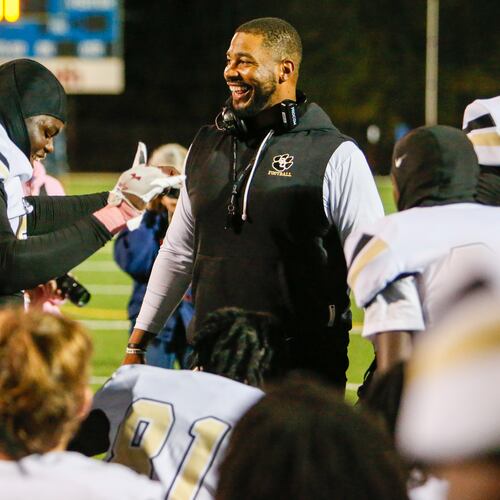Millions of Americans grew up with Bugs Bunny, the zany-but-unflappable character who’s been making kids laugh on Saturday mornings and weekdays after school for as long as we can remember.
Among cartoons, he's one of the favorites, a national pastime that has endured now for 80 years.
Monday is the anniversary of his debut.
Bugs Bunny first burst onto the American pop culture scene in 1940 after being developed by a team of artists at Warner Bros. studio, and brought to life by American voice actor Mel Blanc.
»FROM JUNE: ‘Psycho,’ Hitchcock’s masterpiece, stunned moviegoers 60 years ago
At the time, President Franklin D. Roosevelt was on the cusp of his third term.
The first McDonald's restaurant opened that spring in San Bernardino, California.
A parade of other popular animated characters also came along that same year, including Tom and Jerry in February; Elmer Fudd, who hunted “wabbits,” appeared for the first time in March; and Robin appeared with Batman for the first time a month later.
Next was Bugs, who appeared for the first time on July 27 in the cartoon short “A Wild Hare,” which went on to be nominated for an Oscar.
Many episodes followed, all equally unforgettable ― with Bugs facing off with his rivals Porky Pig, Daffy Duck, Yosemite Sam and Wile E. Coyote.
Somehow Bugs always landed on his feet, while his opponents were often left battered and bruised.
Bugs liked deviltry, and he always had a trick up his sleeve.
In one harebrained scheme after another, he employed irony in wacky and outrageous stunts, such as dropping a cement block on someone’s head and then laughing it off as “concrete evidence.”
Before Merrie Melodies and Looney Tunes came to Saturday morning TV, the animated shorts could only be seen in movie theaters, where they were featured between movie previews and during intermissions alongside news reels and comedy shorts.
All the classic Merrie Melodies and Looney Tunes featuring the anthropomorphic rabbit were made between 1940 and 1964. In 1960, “The Bugs Bunny Show” came to TV for the first time on ABC, which repackaged the classic cartoons that were made after 1948. After two seasons, the show moved to Saturday mornings from its original prime-time slot and remained a fixture on TV for the next 40 years under several different titles.
The character went quiet during the 1970s, when not much new material was produced.
Bugs looks a little different now, but he still has the coy personality that first made him such a likable character. His appearance changed notably during the early 2000s when “Baby Looney Tunes” and “The Looney Tunes Show” were introduced to a new generation of younger viewers.
In a major change, Fudd, the slow-witted shotgun-carrying hunter, is portrayed without his signature weapon in the new series “Looney Tunes Cartoons” on the recently launched streaming platform HBO Max, in keeping with the changing times.
Fans can still catch the classic cartoons, though, at odd hours on the Boomerang channel, especially late at night.
Even those not looking for Bugs will still find him ubiquitously in popular culture, in GIFs, memes and YouTube videos.
In one GIF circulating on the internet, a scene from the 1949 animated short “Rebel Rabbit” is used to reference the surge in news cases of coronavirus in Florida, which shows Bugs sawing Florida off from the rest of the country and says “South America, take it away!”
To commemorate the 80th anniversary of Bugs Bunny’s debut, the United States Postal Service on Monday issued a new set of 10 Bugs Bunny Forever Stamps.
As far as we’re concerned, he doesn’t look a day over 79.
About the Author
Keep Reading
The Latest
Featured

